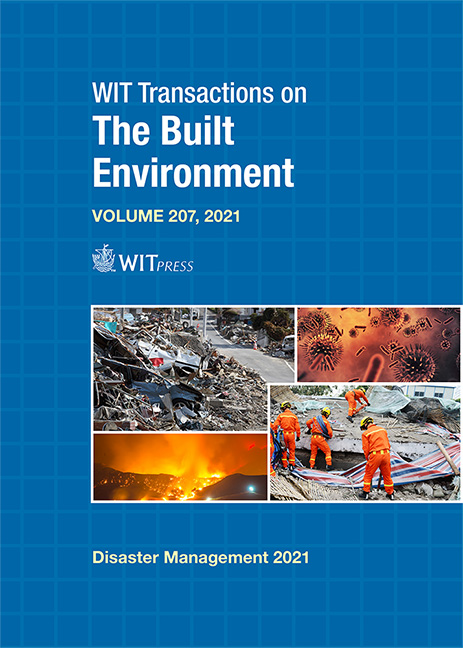ENVIRONMENTAL REMEDIATION AND POSSIBLE USE OF TERRESTRIAL MICROBIAL FUEL CELLS
Price
Free (open access)
Transaction
Volume
207
Pages
13
Page Range
121 - 133
Published
2022
Paper DOI
10.2495/DMAN210101
Copyright
Author(s)
GIORGIA AIMOLA, GABRIELE GAGLIARDI, ANDREA PIETRELLI, VALERIA ANCONA, ANNA BARRA CARACCIOLO, DOMENICO BORELLO, VINCENZO FERRARA, PAOLA GRENNI
Abstract
Many soils contain a wide number of organic and inorganic chemicals and potential toxic elements due to industrial, agricultural and numerous anthropogenic activities. The recovery of polluted sites is an urgent need to be addressed and the development of innovative remediation technologies, which exploit nature-based solutions, is strongly encouraged, in line with the new EU Circular Economy Action Plan. Terrestrial microbial fuel cells (TMFCs) can be a valuable tool for recovering soils polluted by various organic and inorganic contaminants. TMFCs benefit from capabilities of microbial biofilms developed on the electrodes, which use the terminals as catalysts for metabolic activities, including contaminant degradation. This process produces energy, thanks to conversion of chemical bond energy (stored in the bonds of organic compounds) into electrical ones. This work describes construction materials, remediation capabilities and technology of the TMFCs, reporting the last advances in TMFCs such as soil-based reactors or in combination with plants (plant microbial fuel cell (PMFC)). Some aspects related to microbiological activities for pollutant biodegradation, plant-microbial interactions, energy production, and fields of application will be shown. Finally, abiotic factors which can improve bioremediation activities are also considered. Furthermore, limitations and issues for large-scale applications, as well as for stacking and scaling-up are discussed.
Keywords
electrogenic bacteria, microbial degradation, green technology, bioremediation, microbial fuel cell




